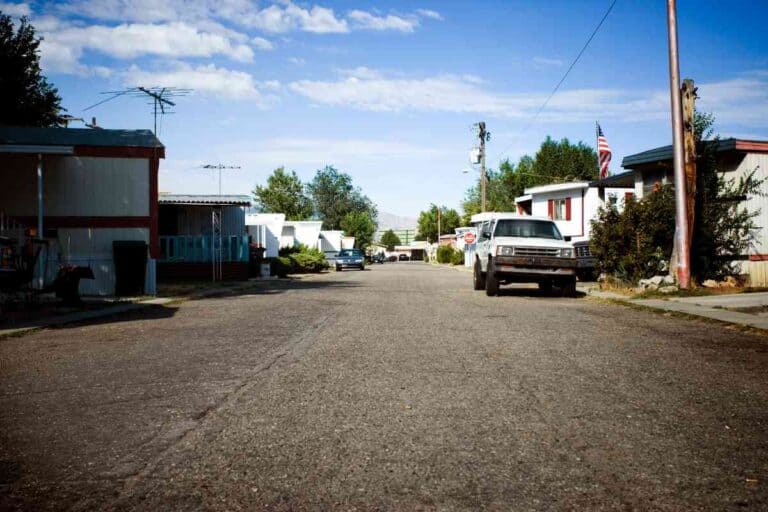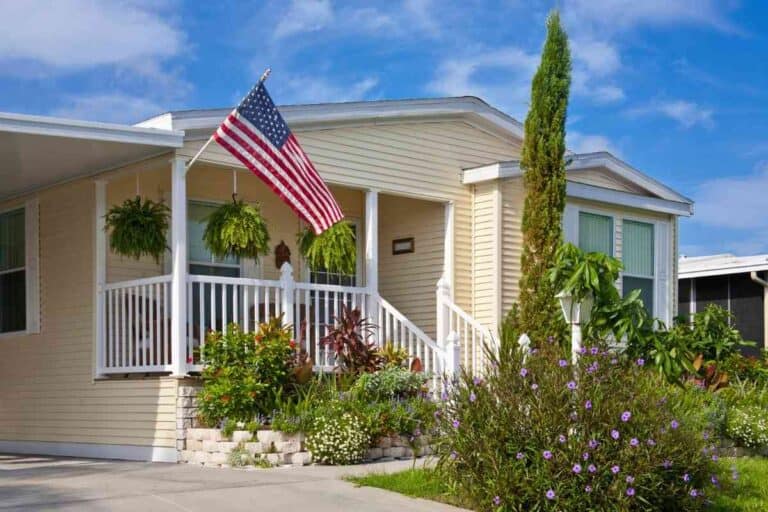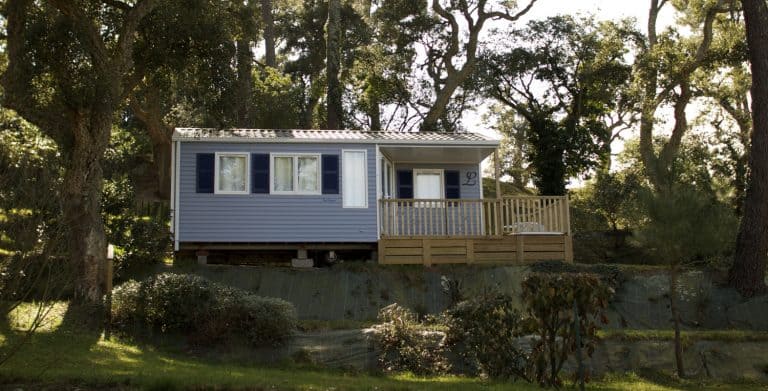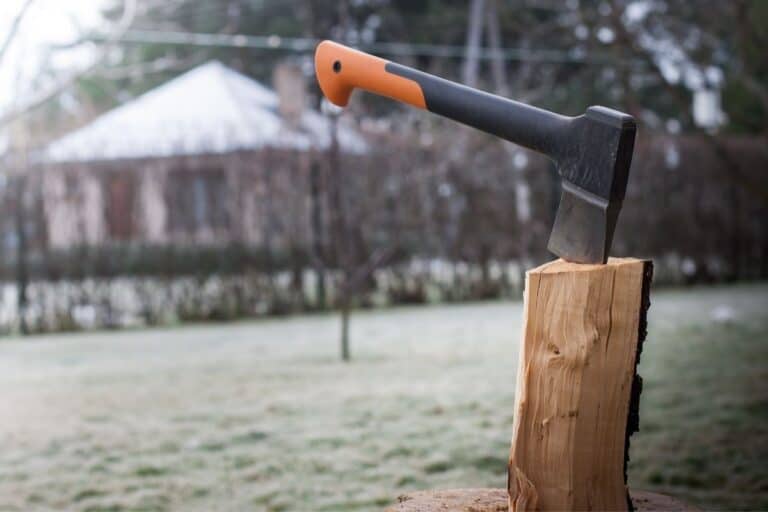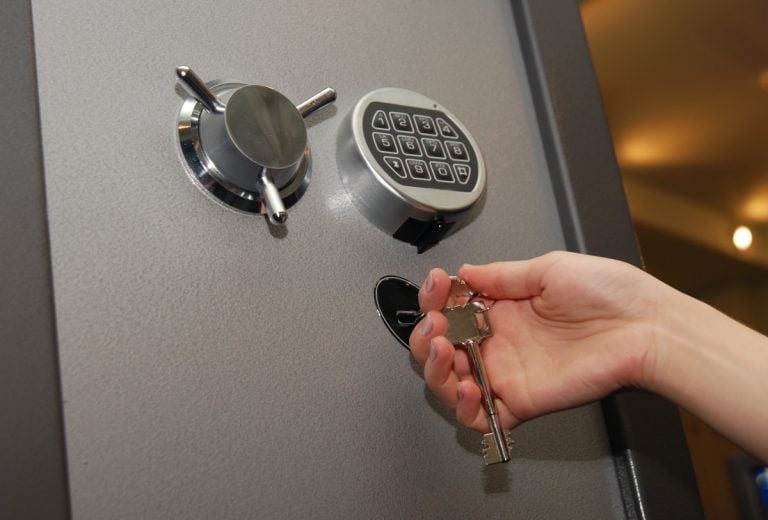Can a Mobile Home Tip Over?
Modern mobile homes are stronger as standards have improved over time.
These homes are manufactured so that they can withstand different weather conditions as they have ratings for different wind speeds.
Even though these homes are engineered to withstand different conditions, you can still modify them or use stronger tie-downs to keep them even safer.
Can a Mobile Home Tip Over?
A mobile home can tip over if not well-anchored and not built to handle the wind in your area. Mobile homes are manufactured for different wind zones with Wind Zone I houses withstanding winds of up to 70 mph and Wind Zone III homes withstanding winds of up to 110 mph.
The foundation of your mobile home will also determine if the home tips over or withstand different conditions.
You can have a simple tie-down foundation, pier and beam non-permanent foundation, or a permanent basement foundation.
The permanent foundation homes will not tip over as long as they are designed for the wind zone you set them up in.
You can modify your home and the surrounding areas so that the home can withstand even stronger winds.
Read on to learn more about mobile homes and their strength.
Can Wind Knock Over a Mobile Home?
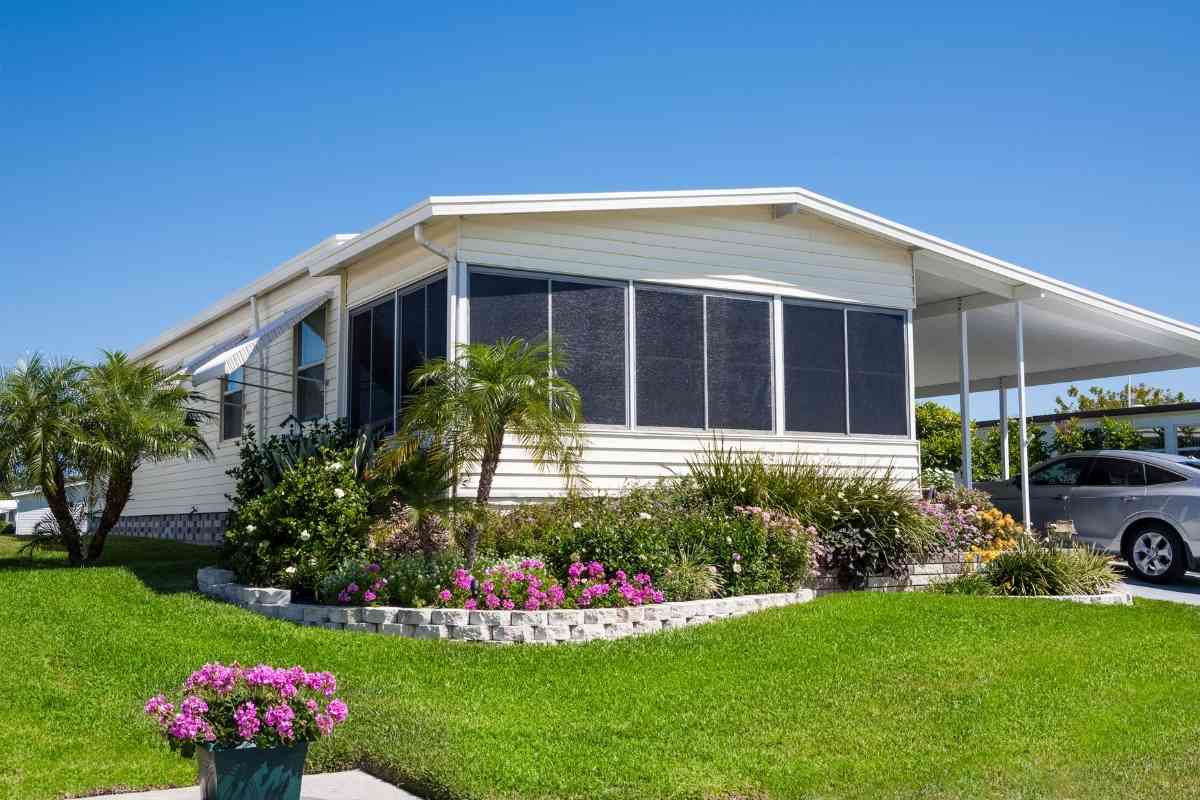
Yes, wind can knock over a mobile home.
Over time, the non-permanent foundation of a mobile home can deteriorate in strength, causing wind to knock down a home.
Further, winds of more than 70 mph can knock over mobile homes built for Wind Zone I areas.
However, if you match the mobile home to the wind zone you live in, the home will not sustain any damage even when a hurricane hits.
Unless you modify them otherwise, mobile homes will not stand winds higher than 110 mph.
If a category 3 hurricane is announced, which is from 111 mph and higher, you will need to vacate the mobile home.
Mobile homes designed for Wind Zone III can handle winds of up to 110 mph – these are hurricane category 2 winds.
Anything higher than that can cause damage to the roof, and the sidings, and can even cause the home to tip over if the foundation is not strong enough.
How Strong of a Wind Can a Mobile Home Withstand?
Mobile homes can withstand winds of up to 150 mph if well-modified and stabilized.
These homes are engineered for different wind zones as follows:
- Wind Zone I homes can only handle winds of up to 70 mph
- Wind Zone II homes can handle winds of up to 100 mph
- Wind Zone III homes can handle winds of up to 110 mph
If you want your home to withstand higher winds, you will need to modify it with tie-downs and stronger foundations.
If you add a permanent foundation, such as a basement, you can make the home withstand 150 mph winds.
How Much Weight Can a Mobile Home Frame Support?
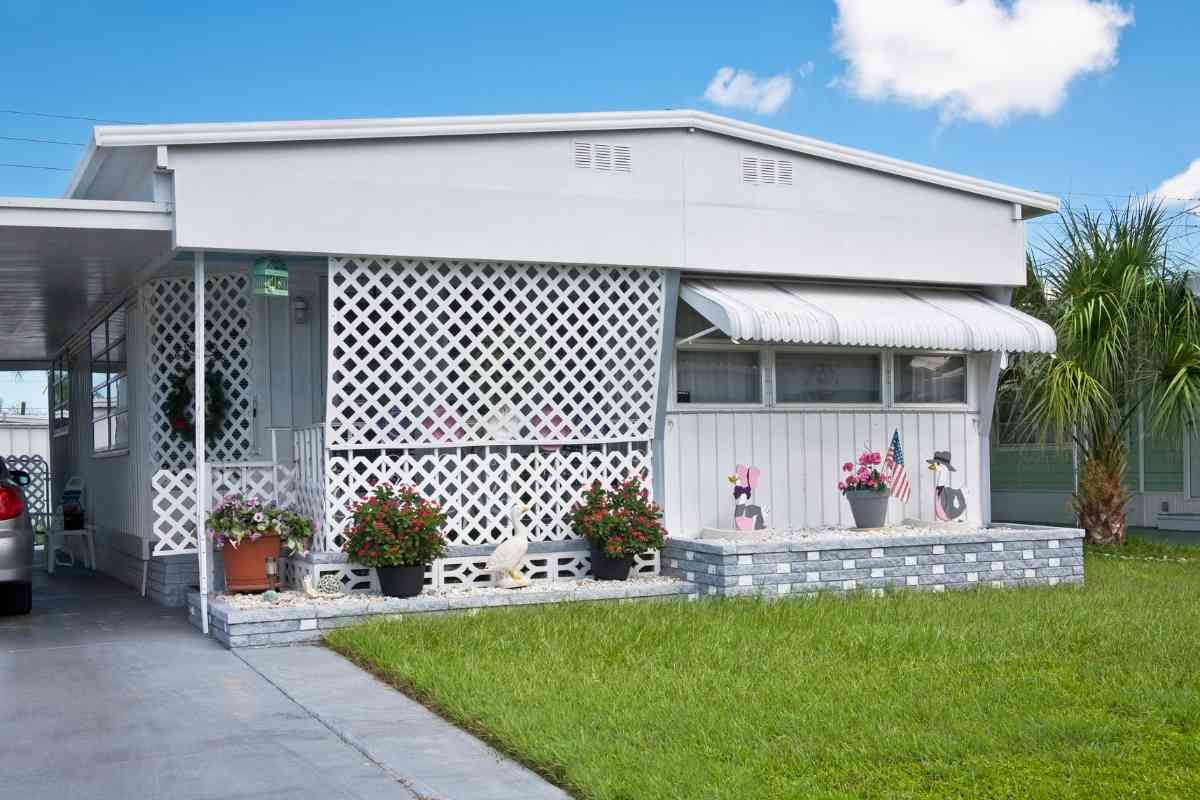
A mobile home chassis and floor can support up to 40 pounds per square foot and up to 200 pounds of concentrated load.
This is strong enough to handle large items, such as a grand piano and a gun safe among others.
The strength of the mobile home floor is dependent on the strength of the chassis, which is made of steel, and the joists, which are made of wood.
The joists might be 16 inches or 24 inches apart with the latter having larger joists.
When placing larger items on the floor in your home, you need to locate the joists and place the item on them.
The area near the joists is stronger than the area away from them.
Even homes manufactured before 1976 should be strong enough to hold all household items, even the heaviest item.
To know how much your home can handle, check the condition of the foundation.
If the foundation of the home sits on a concrete slab, then you can place the heaviest items without minding where the joists are.
However, if you have a pier and beam, your home is still prone to sagging, and you should avoid items that are heavier than 40 pounds per square foot.
How Do You Stabilize a Mobile Home?
The first way to stabilize a mobile home from strong winds is to stabilize the foundation. If you have a strong foundation, say a concrete slab or a basement, your home will be stronger to withstand stronger winds.
Adding these foundations will be costly, but they will make your home stronger.
Note that if you add a permanent foundation, such as a basement, the home will be re-classified into real property and you can even get a mortgage on it.
The anchoring is stronger and your home can never tip over.
However, the other parts of the home might still be prone to damage from high winds. Be sure to perform any repairs on the roof and the siding to keep the home secure.
Another way to stabilize a home is to use a concrete slab.
A concrete slab allows you to anchor your home in a more secure manner so that the floor can hold heavier items and the home can resist heavier winds.
These slabs are better than pier and beam foundations.
Below are other things you can do to improve your mobile home and get it ready for a minor hurricane:
- Use only tie-downs rated for your area’s wind zone. When the anchors and tie-downs are strong enough, they will hold your home on the ground to ensure it doesn’t tip over.
- Reinforce your mobile home’s wall joints to ensure there is no leaking when it rains. Your mobile home should not have any leaks that allow in strong winds or rain.
- Get a better sheathing for the mobile home’s outside walls. If the outside walls are blown off by the wind, they leave the insulation and the inner walls exposed. You can improve the outside walls by adding more screws so that the siding holds tightly to the roof and the floor.
- Use some sliding storm shutters on the windows so that you can slide the windows closed whenever there is a storm.
- Ensure that the roof of your mobile home is in good condition at all times. The edges need to be well-fastened as loose edges can be grounds for high winds to tear holes on the roof and allow rainwater into your home. Ensure any leakages on the roof are fixed.
In places that experience high winds, you need to clear the surroundings of any items that can be blown by the winds.
Winds of 100 mpg are strong enough to lift up a small car.
As such, additions, such as decks, trees near the home, and any other items that can be blown off should be removed.
What Determines the Strength of a Mobile Home?
The strength of the foundation determines the ability of a mobile home to tip over.
A mobile home that sits on either a metal or concrete foundation is safe from the wind.
However, homes that sit on ribbon/runner foundations are more prone to tipping over.
Homes in old townships may have these runner foundations, which are not safe even with the best anchors.
The best foundation for your home should be permanent.
The condition of the chassis, the joists, and the outriggers also determines how well your home resists the wind.
A mobile home’s chassis is always made of high-strength steel – it is the structure of beams on which the home sits.
The outriggers make the tapered edges at the ends of the beams that run side to side.
These outriggers need to be strong enough and extend to the edge of the house.
If these outriggers are shorter, they may expose the floor to sagging.
The joists are the planks of lumber on which the floor decking sits.
These joists should be the right size and be the right distance from each other for the floor to be strong.
Closing Thoughts
As long as a mobile home meets the standards set by the HUD, it is safe for different wind conditions.
However, you have to anchor it well on the ground.
If you can afford, go for a permanent foundation and if not, go for anchors rated for the high winds in your area.
However, if you experience very high winds, more than 150 mph, seek refuge away from your mobile home until the winds subside.

